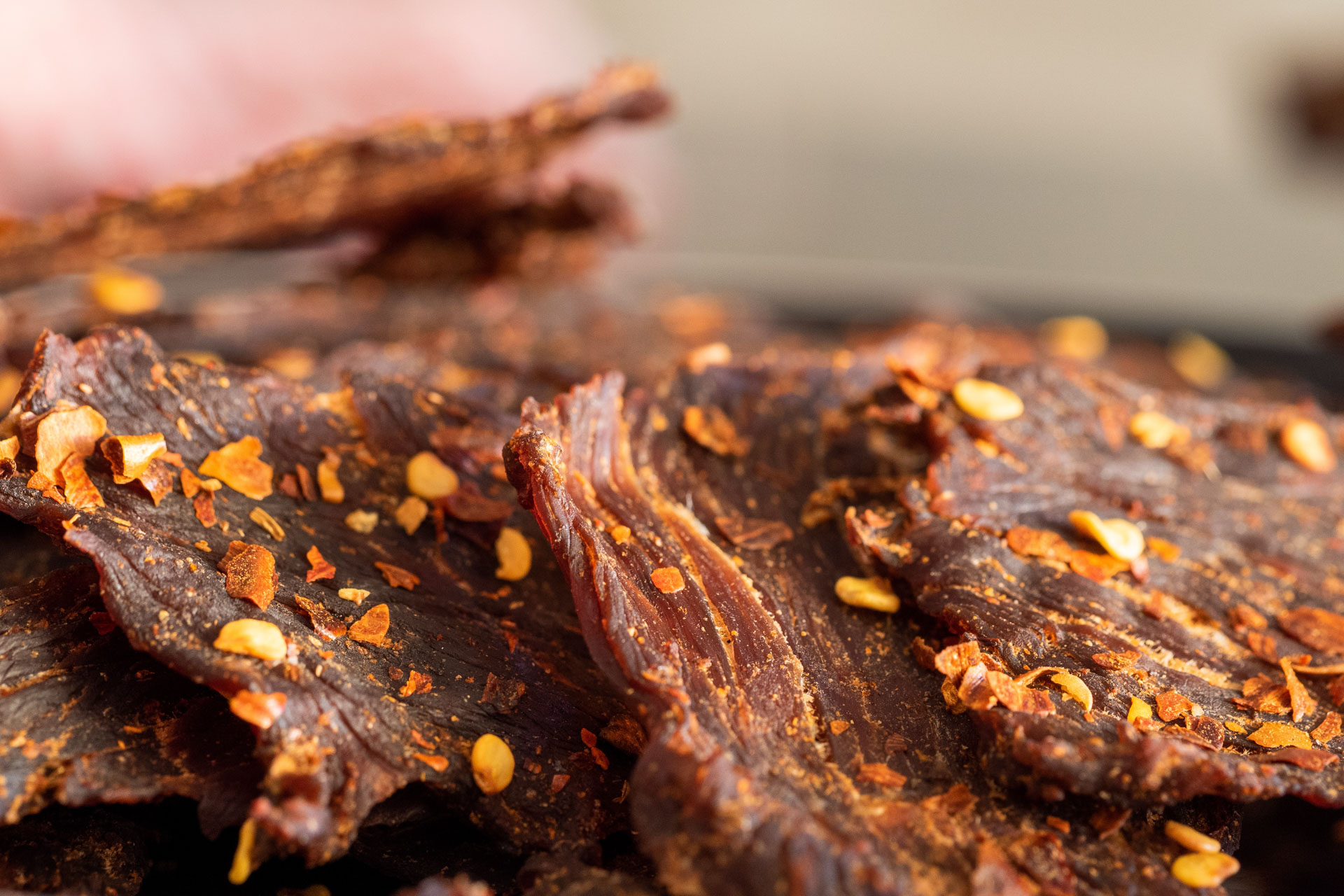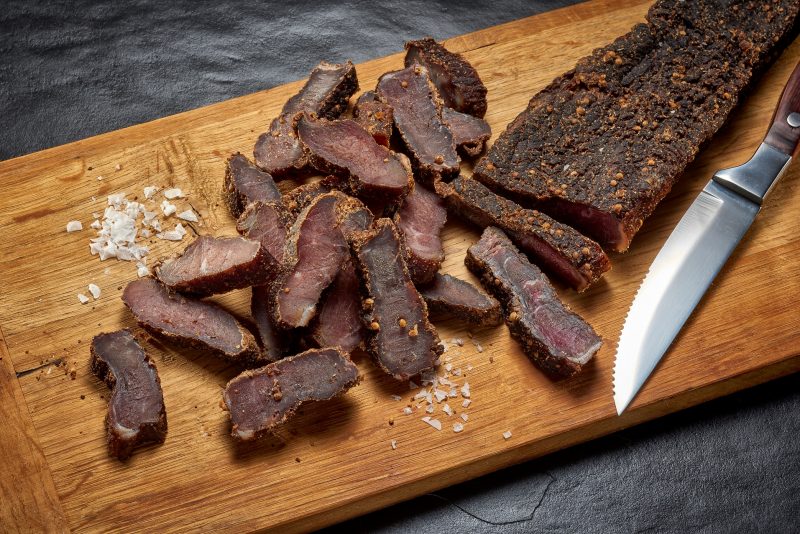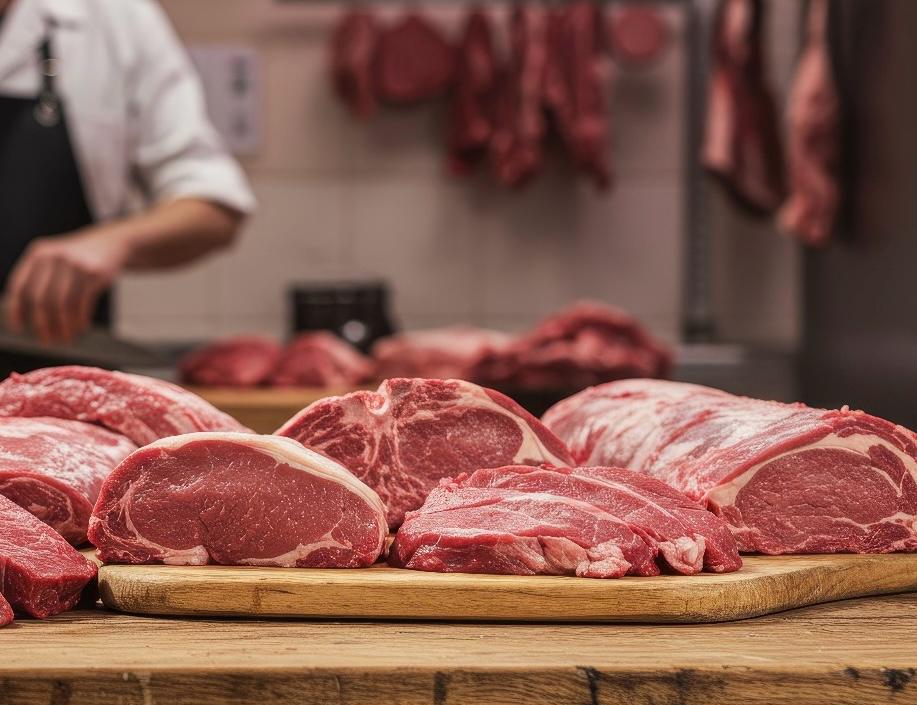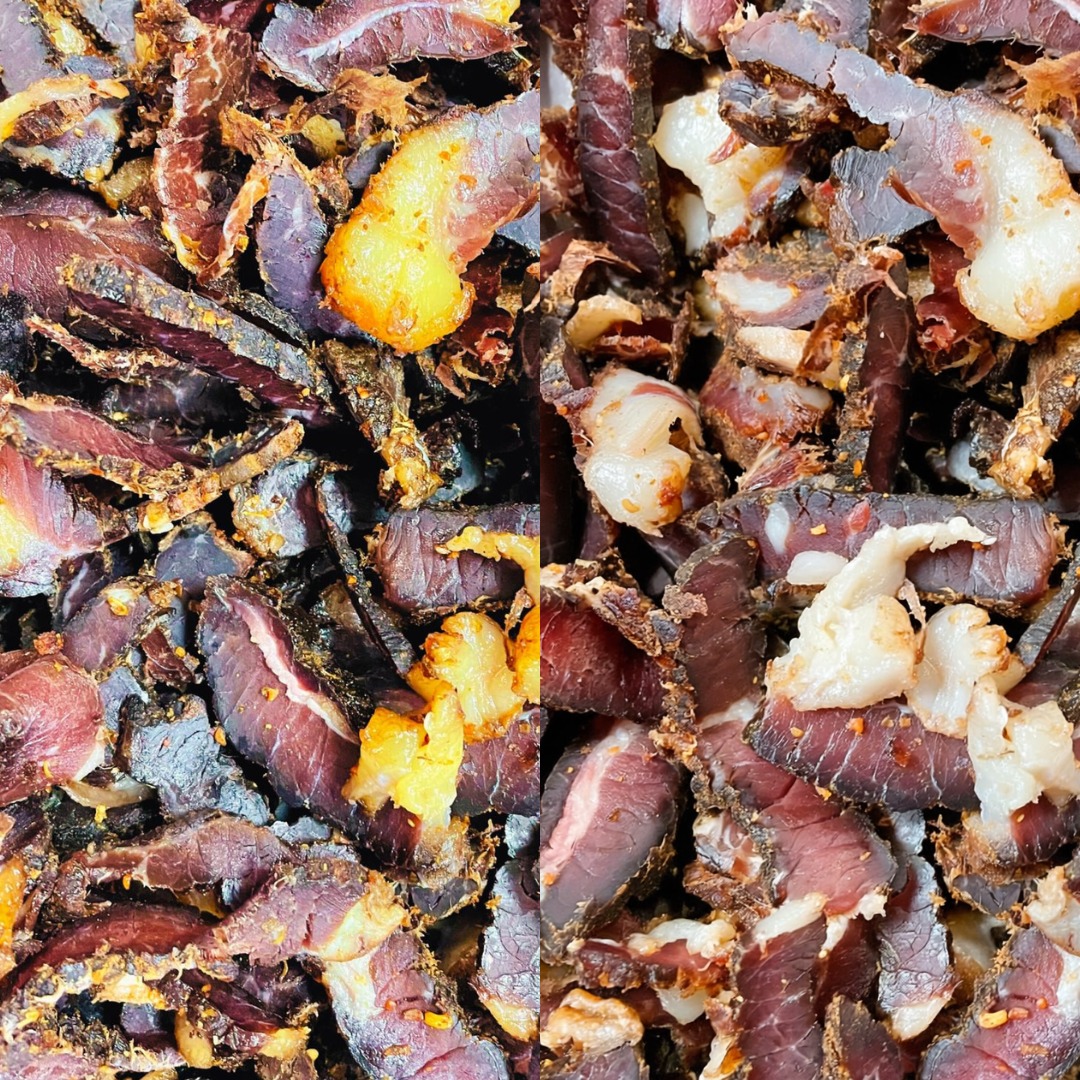The Ultimate Guide To Making Traditional South African Biltong At Home
At its heart, the art of making biltong connects us to centuries of tradition, heritage, and mouthwatering flavor. This beloved South African delicacy has traveled the globe, winning over meat lovers everywhere with its distinctive taste and texture. While many still wonder what is biltong made of and how is biltong made, we are here to unlock the secrets of this treasured culinary craft.
The Rich Heritage Of South African Biltong
Long before refrigeration existed, indigenous peoples of Southern Africa discovered the art of preserving meat by drying it in the hot African sun. This preservation technique evolved over generations. Today, South African biltong stands as a testament to this beautiful cultural fusion.
Unlike North African beef jerky, which is typically smoked and cooked at low temperatures, authentic biltong is air-dried and cured with vinegar and spices. This fundamental difference gives biltong its distinctive texture and depth of flavor that beef jerky simply cannot match.
What Is Biltong Made Of?
The beauty of traditional South African biltong lies in its simplicity. At its core, biltong requires just a few quality ingredients:
- Beef: Silverside, topside, or rump cuts work wonderfully due to their minimal fat content.
- Vinegar: Brown grape vinegar is traditional, but you can also use white wine or balsamic vinegar.
- Salt: Coarse salt is preferred for curing the meat effectively.
- Coriander: Freshly roasted and crushed coriander seeds provide that unmistakable biltong aroma.
- Black Pepper: Coarsely ground for a gentle heat and depth of flavor.
- Brown Sugar: Just a touch to balance the flavors without making the biltong sweet.
Worcestershire sauce or chili can be added according to preference, allowing you to create different types of biltong tailored to your taste.
How To Make Biltong?
Creating perfect biltong at home requires patience and attention to detail, but the results are incredibly rewarding. Here is our step-by-step guide on how to make biltong at home:
Step 1: Selecting & Preparing Your Meat
For the best biltong recipe, begin with high-quality meat. Look for cuts with lots of fat that have been aged for tenderness. Slice the meat along the grain into strips approximately 2.5cm thick. The length can vary according to your preference, but 30-50cm strips work well.
Step 2: Creating The Perfect Biltong Spice
The heart of any excellent biltong lies in its seasoning. Our traditional biltong spice recipe includes:
- 5 tbsp brown or cider vinegar
- 6 tbsp coarse salt
- 5 tsp ground black pepper
- 5 tbsp coriander seed
- 4 tbsp brown sugar
Step 3: The Vinegar Bath & Spicing Process
After preparing your meat strips:
- Sprinkle each piece lightly with vinegar on both sides
- Apply your biltong spice mix generously, ensuring each piece is well-coated
- Place the seasoned meat in a glass or plastic container
- Cover and refrigerate for 12-24 hours, allowing the spices to penetrate the meat
Step 4: Drying Your Biltong
Now comes the crucial part of how to make biltong: the drying process. This is where patience truly becomes a virtue.
Traditionally, biltong was dried outdoors in the dry African climate. However, in New Zealand’s variable weather conditions, a biltong box or dehydrator offers more consistent results. Here is how to proceed:
- Remove your meat from the refrigerator and pat dry with paper towels
- Thread butcher’s hooks or paperclips through one end of each meat strip
- Hang the strips in your biltong box, ensuring they do not touch each other
- Maintain good airflow around the meat at all times
- Keep the temperature between 77-86°F with low humidity
How Long Does Biltong Take To Dry?
One of the most common questions we receive is how long does biltong take to dry? The answer depends largely on your preferred texture and the thickness of your meat strips. Generally:
- 2-3 days for wet biltong with a soft, red center
- 4-5 days for medium biltong with slight moisture
- 7+ days for hard, dry biltong
Remember that thicker pieces will take longer to dry. The key is checking your biltong regularly and removing pieces as they reach your desired consistency.
Different Types Of Biltong
While beef remains the most popular choice, adventurous biltong makers can explore various meats to create different types of biltong:
Game Biltong
Venison, kudu, and springbok make excellent biltong, offering a more intense, earthy flavor than beef. These lean meats require careful monitoring during drying to prevent over-drying.
Chicken Biltong
Yes, chicken biltong exists and can be delicious when prepared correctly! Chicken biltong offers a lighter alternative with a milder flavor that pairs wonderfully with more aggressive spicing.
Fish Biltong
Known as “bokkoms” in South Africa, dried fish biltong has its own dedicated following. Typically made from mullet, this saltier version requires a slightly different preparation technique but follows similar drying principles.
Troubleshooting Common Biltong Challenges
When learning how to make biltong at home, you might encounter a few challenges:
Mold Development
White mold spots can appear if:
- Humidity is too high
- There is insufficient airflow
- The meat was not properly vinegared
Solution: Ensure good ventilation, use enough vinegar during preparation, and maintain low humidity during drying.
Tough Or Overly Dry Biltong
This typically happens when:
- The meat is sliced too thin
- The drying time is too long
- The temperature is too high
Solution: Cut thicker strips, check your biltong regularly during drying, and maintain moderate temperatures.
Insufficient Flavor Penetration
When spices have not fully penetrated:
- Increase marination time to 24 hours
- Use slightly more vinegar to help spices penetrate
- Consider scoring very thick meat pieces before spicing
South African Biltong Platter Ideas
Once you have mastered how to make biltong, explore these South African biltong platter ideas for entertaining:
The Traditional Spread
Create a stunning grazing board featuring:
- Various biltong types
- Thinly sliced and shredded options
- Droëwors
- Peppadews and pickled onions
- Aged cheddar and Gouda cheese
- Rustic bread and butter
- Preserves and chutneys
The Wine Pairing Experience
Host a sophisticated tasting with:
- Different types of biltong paired with wines
- Dry biltong with Cabernet Sauvignon
- Medium biltong with Pinotage
- Wet, spicy biltong with Shiraz
- Chicken biltong with Chardonnay
The Biltong Flavor Flight
Showcase your biltong-making skills with:
- Traditional peppery biltong
- Chili-infused biltong
- Garlic and herb biltong
- Game biltong
- Chicken biltong
- Small tasting cards explaining each variety
Storing Your Homemade Biltong – South Africa
Now that you know how to make biltong at home, proper storage is essential to maintain its quality:
- Fully dried biltong can be stored in paper bags for 1 week
- Vacuum-sealed biltong can last 6+ months in the refrigerator
- Avoid plastic bags for short-term storage, as they can cause condensation
The Biltong Community: Sharing The Tradition
Making biltong is about keeping tradition alive and bringing people together. Host a biltong-making session with friends and family to share this incredible South African heritage. Creating biltong becomes even more enjoyable when techniques are exchanged across generations.
As South Africans across the globe continue making biltong in their new homelands, they maintain a tangible connection to their roots. Each batch of homemade biltong carries stories, memories, and a sense of identity that transcends borders.
Conclusion
Now that you understand what is biltong made of, how to make biltong at home, and have the best biltong recipe at your fingertips, your journey into this flavorful tradition can begin. Remember that perfecting your technique will take time, but each batch brings you closer to mastery.
Begin with small quantities as you learn, experiment with different cuts and spices, and discover your preferred drying time. Before long, you will develop your signature style. Your first taste of homemade biltong will be worth every moment spent crafting it. Happy drying, and welcome to the wonderful world of traditional South African biltong making!






